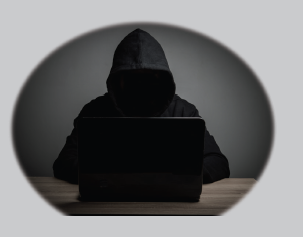Identity Theft
More than 13 million people were victims of identity theft in 2015 in the United States alone. While people are getting better at recognizing potential identity theft and minimizing the damage, it’s better if you can prevent it from happening in the first place. By securing your data at home, online, and when you’re out and about, you can eliminate many opportunities for identity theft to occur.
...................... Your passwords and PINs shouldn’t be something anyone could guess, even if they had access to some of your personal information. Avoid names, addresses, and birth dates.
...................... Never store passwords or sensitive information unencrypted on your computer. If you have a physical “cheat sheet” of log-in information, keep it locked up.
...................... Many email services and popular social media platforms allow you to log on using two-factor authentication, or 2FA. This enhanced security protocol adds an extra step to confirm your identity even after you enter your username and password.
...................... Whether you plan to take a device outside your home, all should have log-in passwords so the information cannot be accessed in the event someone gets a hold of the device.
...................... Identity thieves use complex software such as spyware and key loggers to obtain sensitive information.
A strong and regularly updated firewall, anti-virus program and anti-spyware program will provide most of the
protection you need.
...................... You may receive a seemingly harmless email asking you to verify certain things such as your password, account number, or personal identification information. Any email seeking this sort of information should be an immediate red flag for you. The best response is to contact the service provider directly and ask what’s up.

